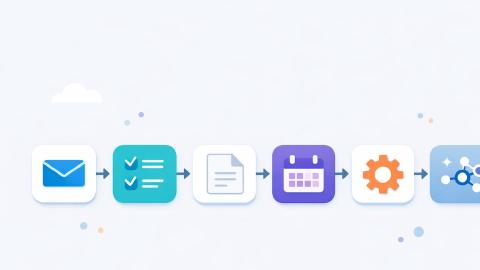10 Best Free Nanonets Alternatives in 2026
Looking for a Nanonets alternative? Check this list for 10 free alternatives to Nanonets to help you automate workflows in 2026.
If you’ve ever had to pull information out of invoices, receipts, or forms, you know how much time it can take to do it manually. It takes forever, right?
Tools like Nanonets help with data extraction and workflow automation, but they aren’t always the right fit for every situation, especially if you’re looking for free options.
We recommend looking into different workflow automation tools. You'd be surprised at the value that some of them provide for cheap (or free).
In this article, we’ll cover the 10 best free Nanonets alternatives you can use to improve workflow automation in 2026. Let’s dive in!
What is Nanonets?
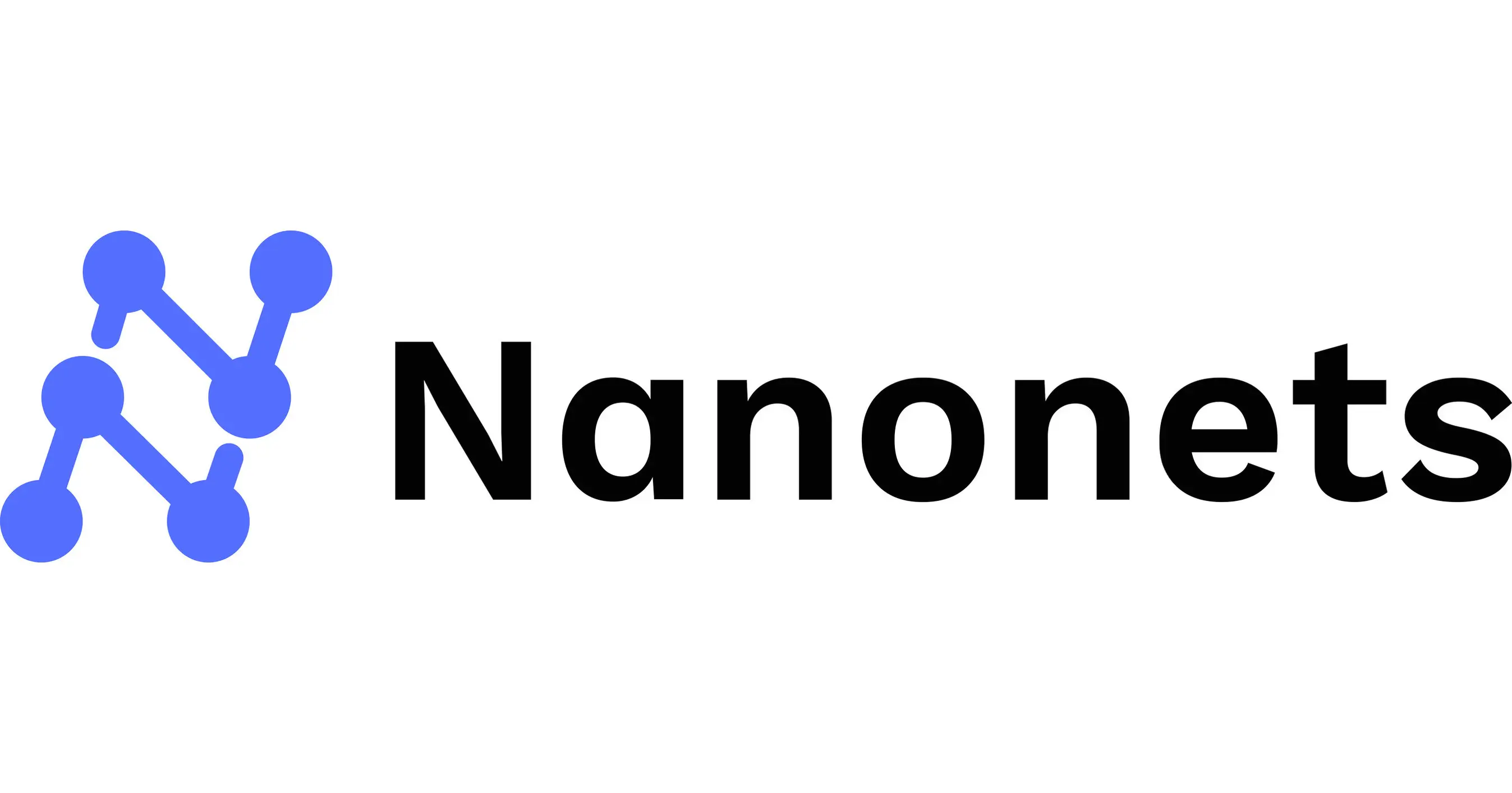
Nanonets is an AI workflow automation tool designed to handle repetitive tasks that involve documents and data. It gives teams a way to extract information, organize it into structured formats, and send it to the systems they already use.
By combining machine learning with automation, Nanonets helps reduce manual work across a wide range of business processes.
What Does Nanonets Do?
Nanonets focuses on a few core areas that make it useful for handling data-heavy workflows.
Here are a few things that it can help with:
Data extraction
Nanonets uses AI models to pull specific details from files (known as data extraction) like invoices, receipts, forms, and contracts.
Instead of manually entering information, the tool identifies fields such as names, amounts, or dates and outputs them in a structured format. This makes it easier for teams to process large numbers of documents without extra effort.
Workflow automation
Beyond pulling data, Nanonets connects that information to other tools in your workflow. It can automatically send extracted details into spreadsheets, CRMs, or accounting software.
Document parsing
Nanonets can parse different types of documents, whether they are PDFs, images, or emails. It breaks down unstructured information into organized data points that can be used elsewhere.
Data transfer
Once data is extracted and parsed, Nanonets makes it easy to move that information into other platforms. Whether it’s sending numbers into a database or syncing contact details with a CRM, the tool handles the transfer automatically.
Is Nanonets Free?
Nanonets offers $200 worth of credits for free when you sign up, but after that, you have to pay for credits as you go. They calculate pricing by block and by usage.
If you're really looking to dive into workflow automation, you'll have to either break out your wallet or switch to an alternative.
Check out the Nanonets alternatives below for tools that have free plans that offer expanded usage.
Join over 700,000+ others who are automating data entry with Text Blaze.
How to Choose a Nanonets Alternative
When looking at alternatives, focus on what matters most for your workflows. The right tool will depend on the types of data you need to extract, the apps you connect with, and how complex your automation steps are.
Here are the main factors to consider when choosing:
Pick something you can actually use without frustration - A tool that’s easy to set up will save you time and stress.
Make sure it works where you work - Check that it connects with the apps and platforms you rely on every day.
Look at how the AI will really help you - See if the tool’s AI features actually make parsing and automation easier for your tasks.
Check the free plan before committing - Know how much you can do without paying so you don’t run into limits too quickly.
Choosing based on these criteria will help you avoid spending time on tools that don’t match your setup.
10 Best Free Nanonets Alternatives
Here's our list of the 10 best free Nanonets alternatives for data extraction, data parsing, and workflow automation:
1. Text Blaze

First up on our list of the best free Nanonets alternatives is Text Blaze.
Text Blaze allows you to create smart text templates and insert them anywhere you work to automatically fill out forms, transfer data, automate repetitive typing, and much more.
For example, if you need to quickly read data from an email or webpage and use it somewhere else, all you have to do is type a keyboard shortcut and Text Blaze will do the rest for you!
With Text Blaze, you can automate form-filling and data extraction on any website with dynamic templates!
With Text Blaze, you can:
Automate repetitive typing anywhere you work! Text Blaze works on Chrome, Windows, and Mac.
Streamline workflows like extracting and transferring data or filling out forms.
Create dynamic templates that you can customize for any situation. Use placeholders and advanced commands to create powerful templates.
Save time for free! Text Blaze is free forever, no licenses or upgrades necessary.
Join over 700,000+ others who are automating data entry with Text Blaze.
2. Make (Formerly Integromat)
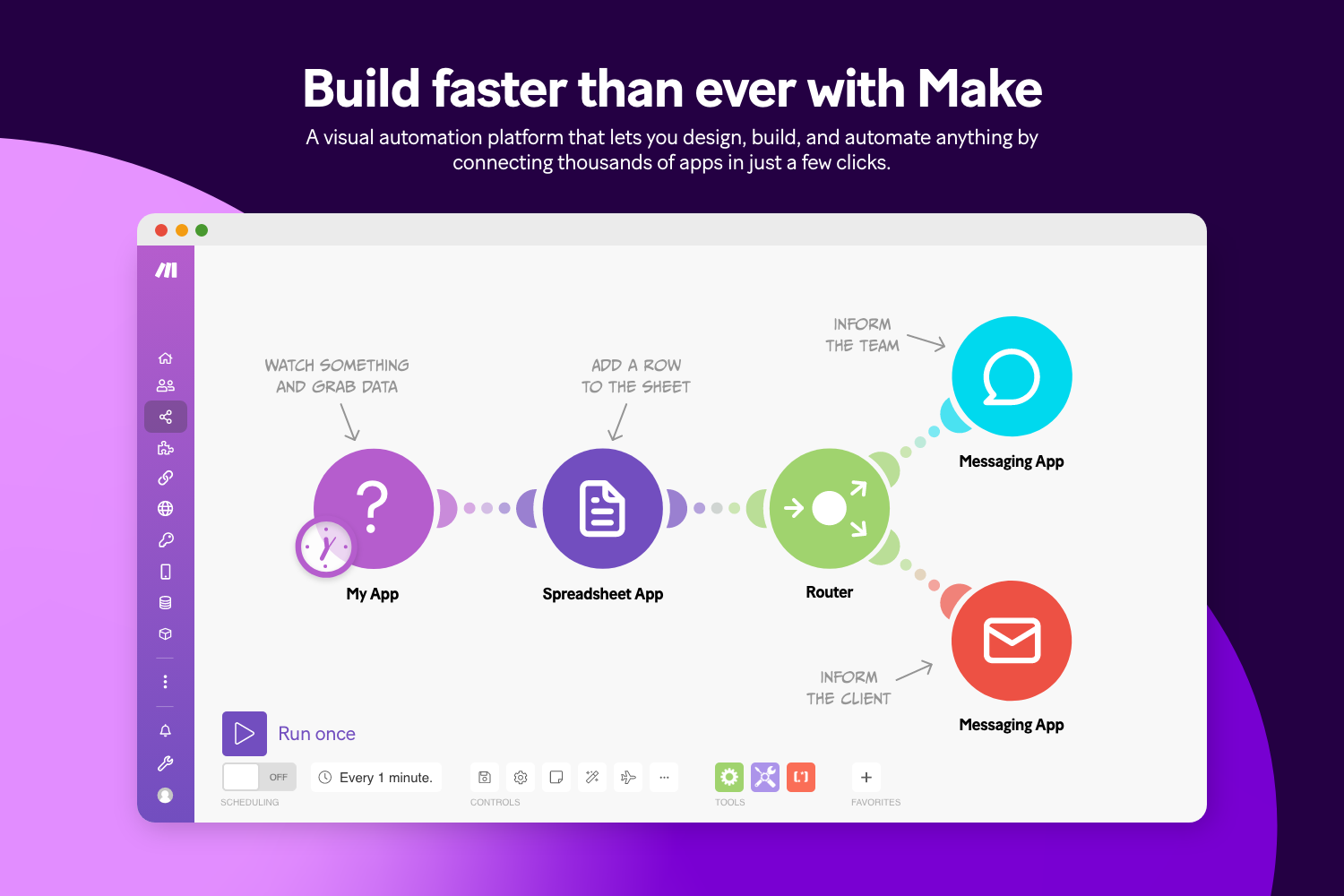
Make (formerly Integromat) is a workflow automation platform that connects different apps and services. It supports custom workflows for tasks like data extraction, file parsing, and moving information between tools.
With drag-and-drop scenarios, users can set up multi-step automations without coding. It’s popular among people who need flexible AI workflow automation with plenty of integrations.
3. DocuClipper
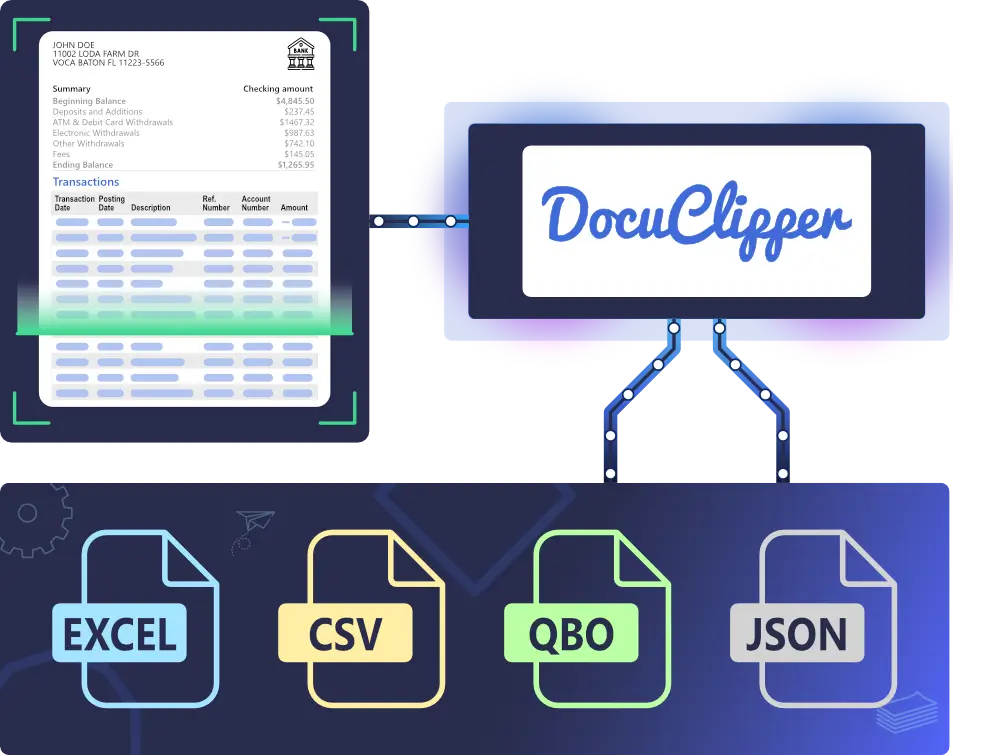
DocuClipper focuses on parsing financial documents such as bank statements, invoices, and receipts. It converts these documents into structured data that can be exported into spreadsheets or accounting tools.
Many users rely on it when they need accurate data extraction for finance workflows. Its free plan makes it one of the accessible Nanonets alternatives for finance-related tasks.
4. Glean AI
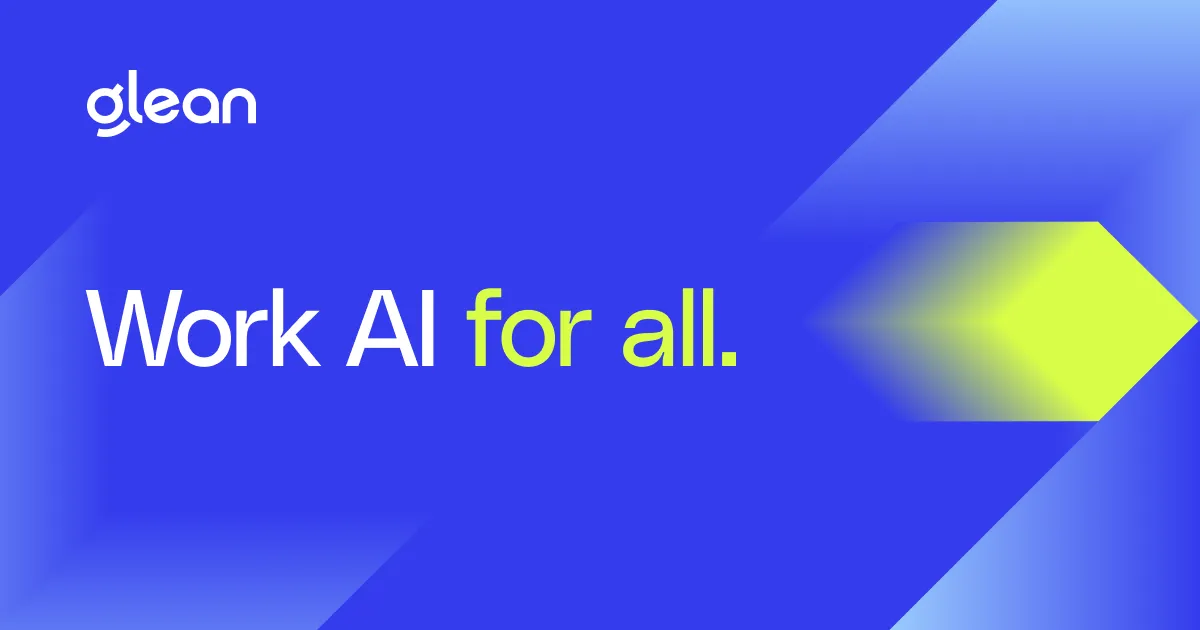
Glean AI helps teams analyze and extract data from financial documents. It’s designed to make sense of invoices, contracts, and payment workflows.
Beyond extraction, it adds insights into financial data to help teams make decisions. It’s useful for companies that want AI workflow automation applied specifically to finance processes.
5. Parseur
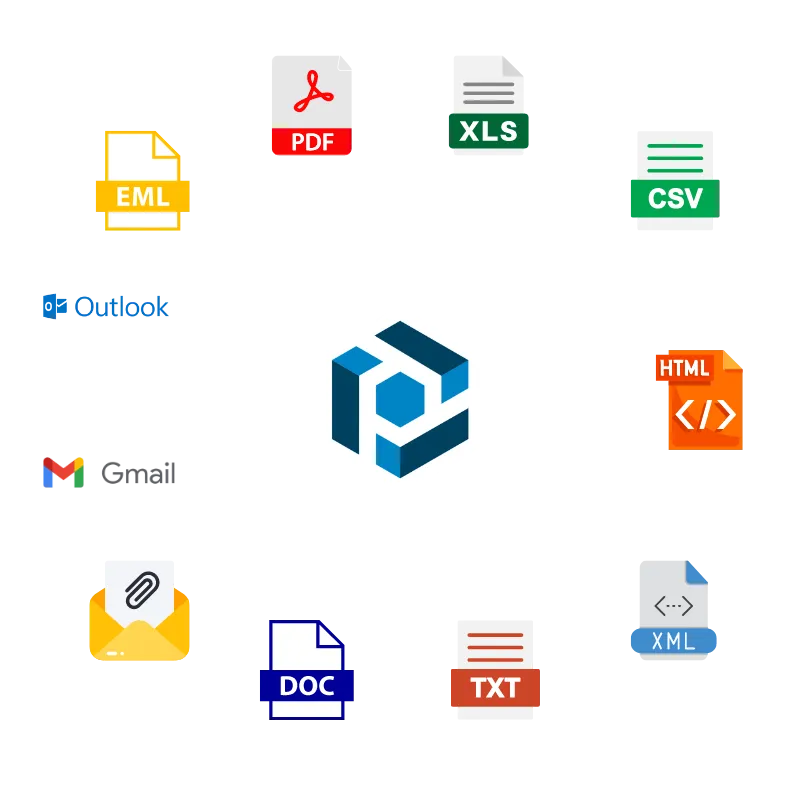
Parseur is a no-code platform for email and document parsing. It works by setting up rules that extract structured data from PDFs, emails, or forms.
The data can then be sent to apps like Google Sheets, CRMs, or project management tools. Tools like Parseur are often chosen by teams that want simple, reliable data parsing with automation built in.
6. Parsio
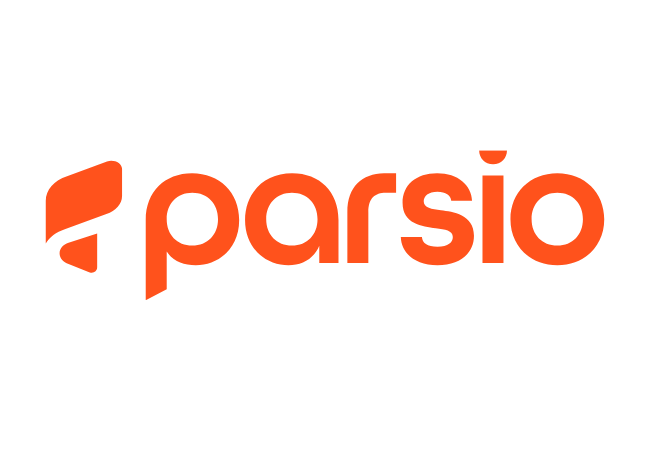
Parsio automates email parsing and document data extraction. Users can forward emails or upload documents, and Parsio converts them into structured data formats.
It integrates with common workflow automation tools so the parsed data moves directly into spreadsheets or databases. This makes it a solid option for teams handling repetitive email-based workflows.
7. Octoparse

Octoparse is a web scraping tool that extracts data directly from websites. It doesn’t just focus on document parsing but helps with pulling structured data from online sources.
It works for teams that need to automate workflows involving product data, pricing, or online research. As a free Nanonets alternative, it’s suited for users who work more with web-based data.
Join over 700,000+ others who are automating data entry with Text Blaze.
8. Airparser
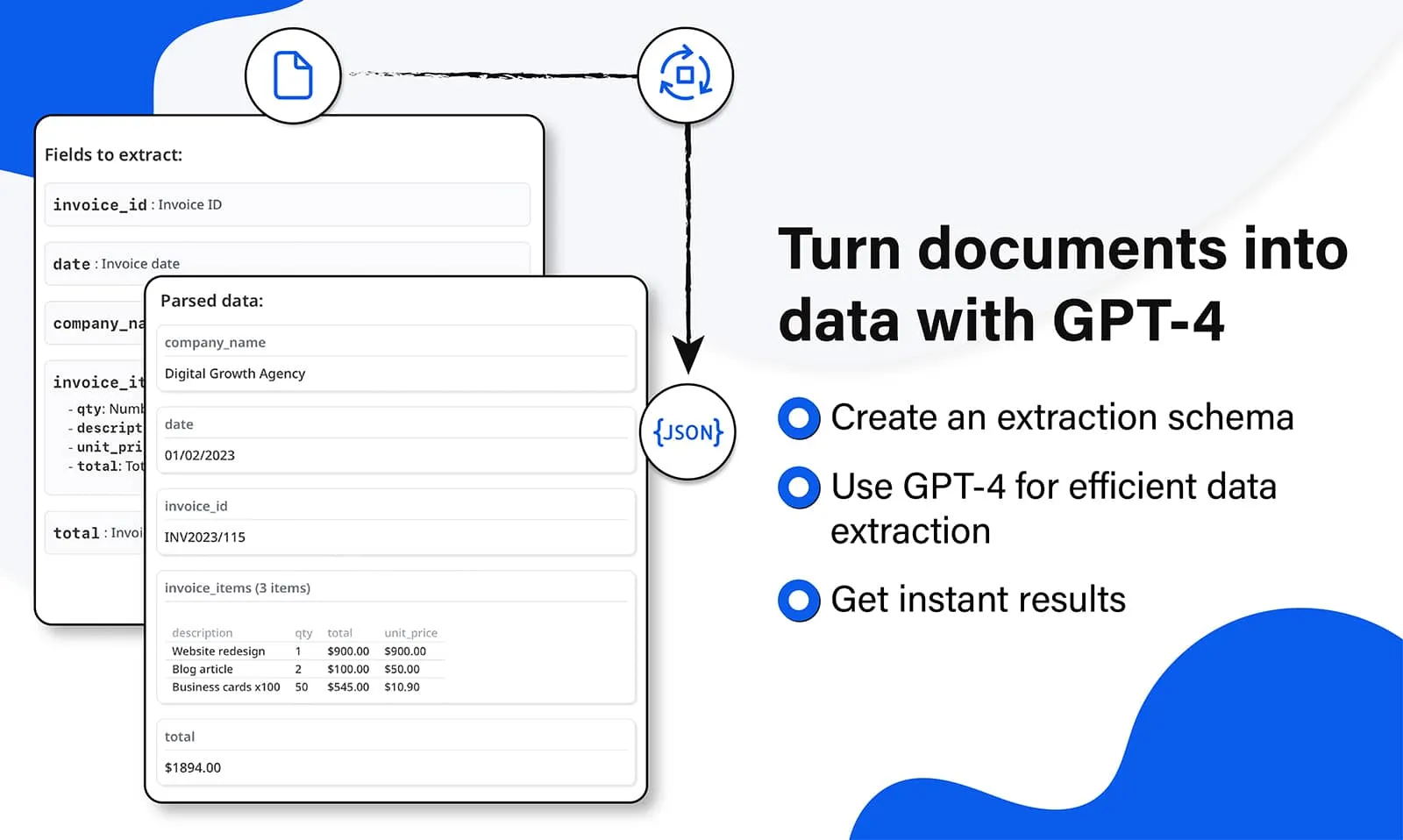
Airparser offers AI data extraction for emails and documents. It focuses on parsing information from unstructured text and converting it into structured output.
Users can set up custom parsing rules and send data directly into spreadsheets or CRMs. It’s lightweight and flexible, making it a good choice for small businesses exploring Nanonets alternatives.
9. Docparser

Docparser specializes in document parsing and data extraction from PDFs. It allows users to create parsing rules that break down documents into structured fields.
Once parsed, the data can be connected to workflow automation tools for further processing. It’s a straightforward option for teams with large volumes of digital documents.
10. Klippa
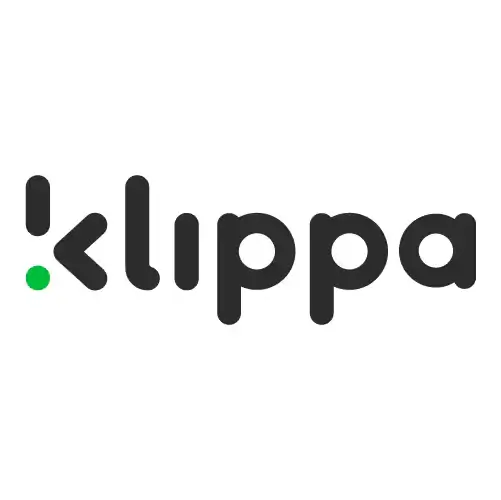
Klippa automates document management and data extraction for business workflows. It works with invoices, receipts, contracts, and identity documents.
The tool helps reduce manual data entry by converting scanned or uploaded files into structured formats. As a free option, Klippa provides value for teams focused on reducing manual document handling.
Which Workflow Automation Tool Is Best For Me?
If managing documents and pulling out data is part of your daily routine, relying on just one tool like Nanonets might not always give you the flexibility you need. The alternatives we covered give you different ways to handle data extraction, workflow automation, document parsing, and data transfer without being locked into a single setup.
The best choice comes down to how you work, the apps you rely on, and the type of data you need to process. Try some out and see which one you like best.
To recap, our suggestion for the best free Nanonets alternative is Text Blaze. If you're looking for a way to automate repetitive typing, data transfer, form-filling, and workflows, Text Blaze is the tool for you. Plus, it's free forever and works anywhere you do! Give it a try today!




